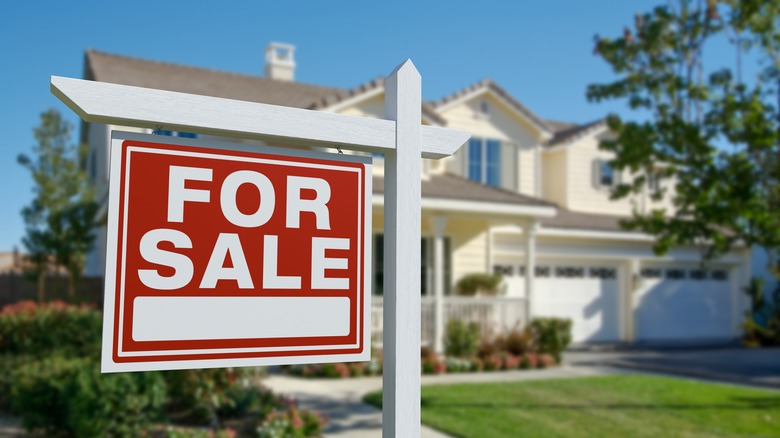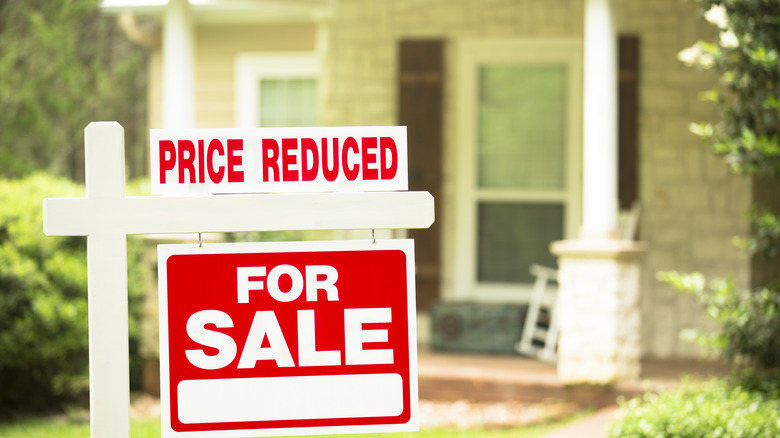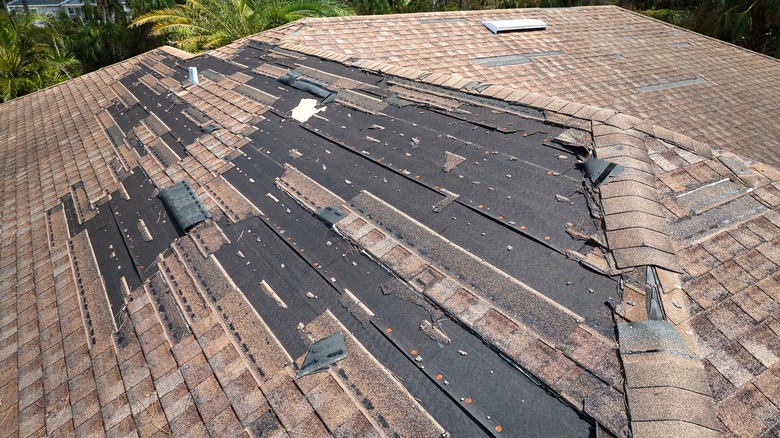Do You Have To Disclose Hurricane Damage When Selling & How Does It Impact Home Value?
From June to November, hurricane season is in full swing, bringing a variety of storms from small tropical depressions to powerful, large hurricanes. Annually, there are approximately 20 hurricanes and tropical storms, primarily in areas like Texas, Florida, Louisiana, and North Carolina. A range of issues can happen, including flooding, mold and mildew, roof damage, electrical hazards, landscaping problems, broken windows and doors, and overall structural issues. For a hurricane-prone location like New Orleans, LA, repairs can range from $15,500 to $43,750, making them some of the costliest repairs.
While you do your best and try to protect your house from hurricanes, nature has a mind of its own, leading to unpredictable and problematic scenarios. In many cases, structural repairs, climbing insurance premiums, and extended time on the market lead the current homeowner to no longer want the house or even to reside in the area.
However, selling a hurricane-damaged property requires careful navigation of legal requirements. Full disclosure isn't just ethical, it's mandatory, and you can be in for a tedious and headache-inducing experience if the home sale isn't done correctly. To minimize this, before any papers are signed, you must legally disclose to potential buyers hurricane damage, including material defects, past repairs, and insurance claims.
Expect lower valuation and a longer sale process
Any kind of damage will automatically drop the value. Issues from flooding can significantly lower your home's value; when paired with other issues, this value can continue to plummet. In general, no one truly likes high insurance premiums, which can indirectly lower your home's value due to decreased demand and affordability. In many cases, there is also a separate hurricane deductible, where you must meet a specific percentage out of pocket, while the insurance company covers the rest. However, this only applies to storms that exceed the intensity of a tropical storm or depression, with a flood policy taking up to 30 days to take effect. Insurance largely depends on the state and insurance company, making it a complex process, which can backfire on you and future owners, failing to improve the situation and instead causing people to lose interest.
Due to the area's history of destruction, the presence of surrounding houses with past or current damage, and the associated higher insurance payments, the house may remain on the market longer than you would prefer. While there is no set timeframe, a property can easily sit on the real estate market for months or even over a year, compared to a home that is ready to move in, leading many sellers to reduce pricing. However, that doesn't mean it's the end. Boost interest by making upgrades to raise a home's value, such as landscaping, adding high-quality and energy-saving appliances, and even installing a closet organization system.
Disclose material defects, past repairs, and insurance claims to maximize the sale of a hurricane-damaged home
You added features to increase your home's worth, but it doesn't end there. Maximizing the sale of a hurricane-damaged home can be difficult, whether you sell as is or make repairs, but it's not impossible, as long as you disclose material defects, past repairs, and any insurance claims you filed. In this legal disclosure document, list any issues with the flooring, roofing, walls, ceilings, foundation, and the overall structure. Include past repairs, big or small, adding details like the actual repair, its cost, and the date it occurred. Repeat repairs in the same area or type of material will likely result in lower prices, as this informs interested owners that they may also expect future maintenance. Don't exclude any information, as the next steps involve an inspector determining the actual damages, which could cause potential buyers to back out or even change prices.
Remember that hurricane destruction is a common damage not covered by homeowners' insurance, and instead requires additional plans or extra coverage. Therefore, the buyer must review your past claims to determine whether it's worth the risk and extra payment they are willing to take on. Be aware that providing documentation in conjunction with completing repairs doesn't necessarily increase or protect the selling price; instead, the circumstances may still result in a lower home value. Depending on the extent of the damage, a faster and easier route may be to include all the documentation and look for a cash buyer or property investor.


